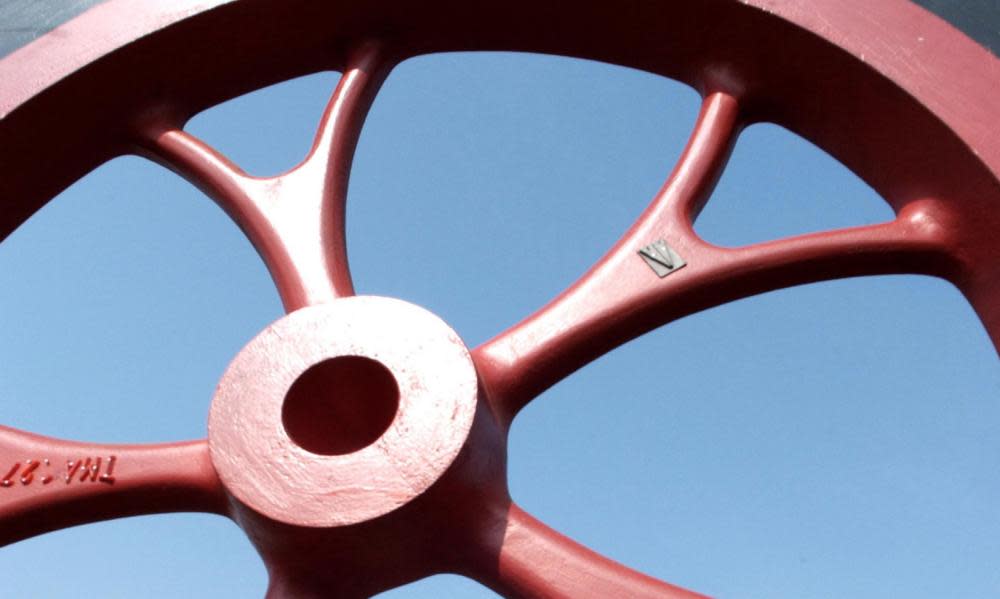How the 'hub' became the most fashionable place to be

One of the prime minister’s best new wheezes for distracting from the incompetence of his government is to move the government somewhere else. At least temporarily, while the Palace of Westminster is being restored – to a new “government hub” in York.
No doubt the terminology is born of Silicon Valley envy, since the fashionable thing for any place to be is a hub: a technology hub, a startup hub, even a “creative coffee hub”. In the 16th century a “hubbe” could be what was also written as “hob”, originally “the back of the fireplace” and latterly a warm surface to heat pots. But then it became the name for “the central solid part of a wheel from which the spokes radiate” (OED).
Not until the 19th century did “hub” acquire its figurative sense of a centre of activity or interest. In 1858, Oliver Wendell Holmes wrote that for Bostonians, the Boston State-House was “the hub of the solar system”. Around the same time, “hub” also had a specialised sense in railway engineering: it referred to a block of wood for stopping the wheel of a train. We all hope, of course, that Johnson’s new hub will not derail his administration.
• Steven Poole’s A Word for Every Day of the Year is published by Quercus.


